There’s a little balancing act I have to do when hauling my boat up on its trailer. After I draw the boat in by its painter, I tiptoe down the trailer tongue pulling the winch cable out as I go, clip the cable’s snaphook into the bow eye, and walk the tongue back to the car. I haven’t fallen off yet but my number’s bound to come up. As I crank the boat forward with the winch the cable accumulates on the drum, effectively increasing its diameter and I lose mechanical advantage just as the boat’s full weight is coming to rest on the trailer. I often have to pull the cable sideways to distribute it more evenly on the drum; I have to be very careful not to let my hand slip along the cable lest my palm get laid open by a broken wire.
The Sky Winch put an end to this nonsense. It uses the painter so I can lead the boat to the trailer and put the winch to use immediately while I’m still on solid footing at the back of the car. The winch drum is essentially a round jam cleat that grips the rope and then feeds it out after a half turn. The rope doesn’t accumulate and the mechanical advantage doesn’t diminish.
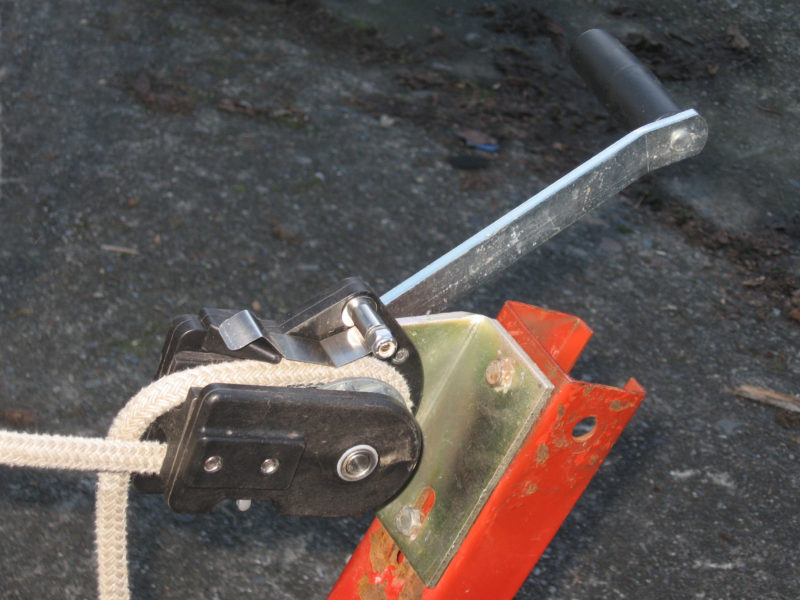
The 1/2″ braided painter takes a half turn around the drum and then feeds out the top of the winch.
Attaching the Sky Winch to my trailer took under half an hour. Its sturdy steel L bracket is secured to the trailer post with two bolts and the angle of the nylon winch body can be adjusted to suit the angle of the post. My trailer has a plywood deck and a pair of carpeted supports to support the bilges of the boat on it, a Caledonia yawl weighing about 400 lbs. (The manufacturer specifies the winch is for “lighter-weight boats under 18′/1,000 lbs.”) The trailer is painted, not galvanized, so I usually back it up to the point where the axle is just above the surface of the water. The boat doesn’t get floated on and off and dragging its full weight across the plywood deck puts a lot of strain on the winch, much more than there would be if the trailer were equipped with rollers. Dragging the boat forward the last 6′ with my cable winch takes two hands on the handle.
The manufacturer notes that the Sky Winch will accommodate line up to ½″ and recommends ½″ solid braid line for best results. I experimented with ⅜″ nylon line, both solid braid and three-strand laid line, and it worked fine until that last 6′ and then slipped. Neither type of ½″ nylon line slipped, though the laid line bunched up leaving the drum. Solid braid ½″ line is indeed the way to go.
The 9″-long Sky Winch handle is a direct drive for the 1½″ drum and its mechanical advantage feels similar to that of my geared cable winch. A trigger on the bottom of the Sky Winch allows the drum to reverse and release its grip on the line. The only problem I have with the Sky Winch was with the spring that keeps the line pressed to the top of the drum. With wet rope the spring can get pulled back rather than letting the rope slide by. With one finger on the trigger and another on the spring, I could get the line to back up and slip free of the drum.
I’ve seen a lot of awkward performances as boats get loaded on trailers and with the Sky Winch I’ll gladly avoid adding my wobbly balance-beam routine to the gymnastics offered at the ramp.![]()
Christopher Cunningham is the editor of Small Boats Monthly
The Greenfield Sky Winch is available from numerous retailers at $41 to $60. It carries one-year manufacturer warranty.
Is there a product that might be useful for boatbuilding, cruising or shore-side camping that you’d like us to review? Please email your suggestions.
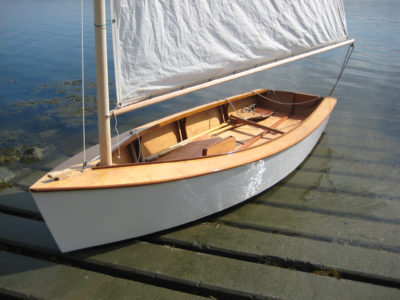
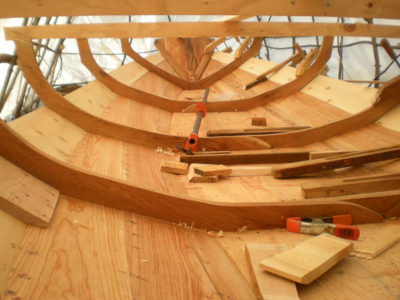



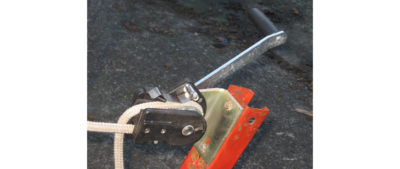
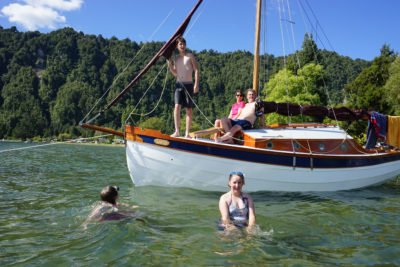
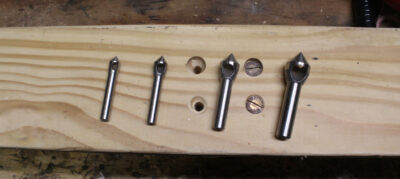
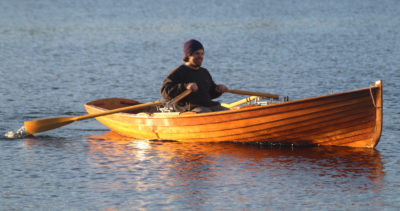
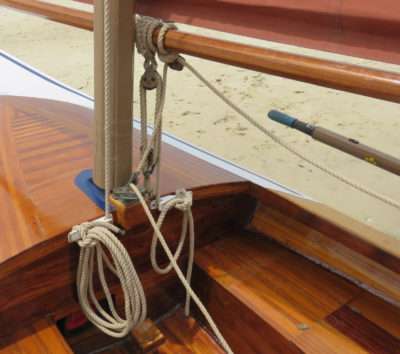
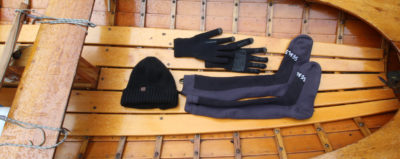
I’m due to replace the winch on my multi boat trailer and this may be a real good solution. I use webbing and over a couple of seasons the webbing gets frayed and due for replacement. What I would need to check is the size of the painters on the various boats that use the trailer. I’d be inclined to have a spare bit of line handy in case I am working with a boat that doesn’t have a painter that works. I’m going to check it out.
Try installing the teflon trailer guides on your bunks. They reduce friction dramatically. Just a little bit of water lubricates them to a degree that really decreases your effort. Carpet vs Teflon is no match—the guides really do work. It took me an hour to install them, and I had to have the boat off the trailer to do so, but it was an straightforward job.
Good idea! I didn’t have any Teflon in the shop but I had some scraps of slippery HDPE (high-density polyethylene). I made a jaunt to the launching ramp, floated the boat to the dock, and parked the rig. I screwed five strips of HDPE perpendicular to the centerline of the trailer bed. After taking the boat out for a couple of miles of rowing—just to take advantage of having it in the water—she slipped right back up on the trailer. It took only one hand on the winch handle to bring the boat home. Thanks, Phil!
Christopher Cunningham, Editor, Small Boats Monthly